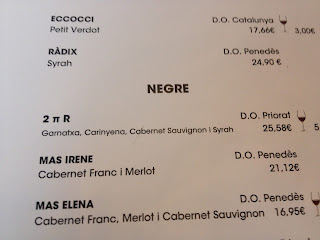When faced with the champagne section of the alcohol aisle in your supermarket, you may start to wonder why there is such a price difference. So what makes some Champagnes more expensive than others?
Champagne is more expensive than a lot of other sparkling wines because:
Champagne is more expensive than a lot of other sparkling wines because:
- Champagne method is more expensive than tank method
- Champagne enforces strict rules on its producers, that other sparklings do not have to worry about
- Using red grapes (Pinot Noir and Pinot Meunier) means grapes have to be picked by hand so as not to break the skins
Champagne from the Grand Marques (famous houses) is more expensive than other Champagne (e.g. supermarket bends) because:
- Grand Marques tend to use the best part of the wine (the wash is thrown away, the cuvee is used, and the taille is sold to other producers)
- Grand Marques ensure their cuvee (house blend) is absolutely consistent year on year
- Grand Marques only produce vintages in very good years
- Grand Marques employ remueurs to manage the bottle by hand, where others can use gyropalettes
- Grand Marques age their wines to develop autolytic flavours, so they need to be able to store millions of bottles
Of course reputation plays a role, and some of the reasons above won't change the quality of the wine (e.g. gyropalettes are just as good as wiggling bottles by hand), but the higher price will no doubt give you higher quality wine. If you can't taste the difference then don't worry about it, buy what you like!
Oh and one more thing, Champagne house tend to keep about two years of wine in stock, as well as the bottles that are currently fermenting, so if you ever feel pressured to panic buy Champagne because the media say they will run out (as they did in the run up to NYE 2000), you should know they won't run out. Although I have it on good authority that Bollinger Rose NV always runs out!










